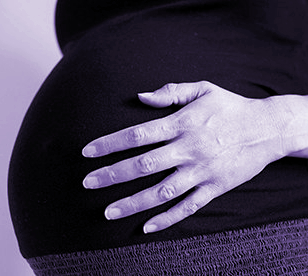VR aids birthing distraction
 Virtual reality can significantly reduce pain and anxiety for women during labour.
Virtual reality can significantly reduce pain and anxiety for women during labour.
A recent study from New Zealand involved nineteen new mothers using VR headsets and programs designed to transport them to serene environments like beaches, safaris, and underwater scenes with dolphins.
The study found that these virtual experiences served as an effective distraction from the intense pain of contractions.
Most participants reported that the VR environment helped them manage their pain and anxiety effectively.
Despite some challenges, such as the weight of the headsets and a sense of disconnection from their support people, the overall reception was positive.
Almost all of the women indicated they would use VR again and recommend it to others.
The study, conducted through qualitative in-depth interviews postnatally, analysed the data using thematic analysis.
Three main themes emerged: the impact of VR on the labour experience, pain management, and the challenges of using VR.
It found that the VR environments helped create a sense of escape, which was particularly beneficial during intense contractions.
Many women appreciated the ability to mentally transport themselves to calming and pleasant scenes, which provided a necessary respite from the physical environment of the hospital.
The study noted that hospital birthing rooms were often described as sterile and devoid of warmth, making the colourful and engaging VR environments a welcome change.
Additionally, VR proved to be an effective tool for pain management.
It facilitated relaxation and helped women maintain calmness and control. The use of VR scenes encouraged breathing techniques and focus, which are crucial for managing labour pain.
The study confirmed that VR, as a distraction technique, reduced anxiety and pain intensity, enhancing self-efficacy among the participants.
Despite the positive feedback, some challenges were identified.
The weight of the headsets was a significant drawback, especially when used in different positions or in the birthing pool. Additionally, the feeling of disconnection from support people was mentioned by a few participants. However, these issues did not overshadow the overall positive experience.
The study suggests specific design improvements for VR environments intended for labour use.
Longer and more engaging virtual environments could potentially provide better distraction and pain relief.
The experts say there is also a need for waterproof headsets to accommodate women who wish to use VR in water.
Further research is recommended to explore the impact of VR on fetal heart rate patterns, the length of labour, and the experiences of partners.
The study says VR environments should be tailored specifically for labour, incorporating features that aid relaxation and pain management during both early and active labour stages.
The full report is accessible here.








 Print
Print